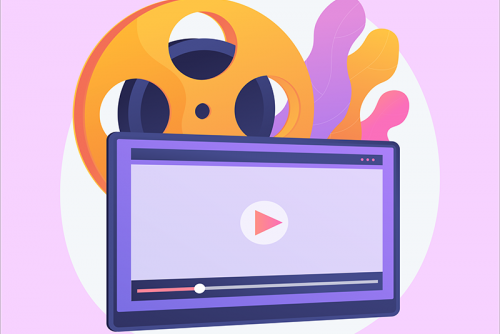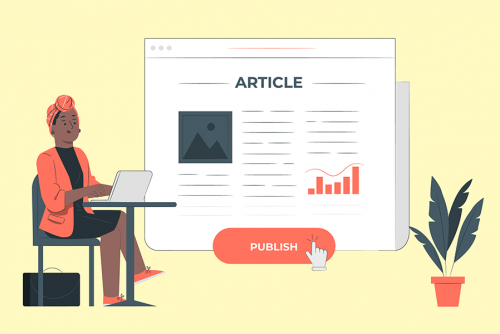About the Blind and Low Vision Community
The terms blind and low vision cover a wide variety of experiences, including the legally blind, limited visual acuity, and colorblind communities. An individual's experience within the community varies depending on level of vision, age of onset, educational background, communication methods, and overall identity.
Barriers to Inclusion
- Equitable access to various government, educational, and work related resources, including voting systems, Human Resources forms, and classroom materials.
- People providing assistance when a blind or low vision person hasn't asked for it due to society's views of the community being helpless.
- The media's portrayal of the blind and low vision community, which continue to perpetuate the perception that the community is helpless.
- Companies using their disability as a form of profit, charging too much for assistive technologies that the community needs.
- The perception that blind and low vision people can't complete various tasks due to their disability, which creates bias during the job hiring process.
- A general lack of accessibility education of all non-disabled people from an early age, leading to constant digital roadblocks on social media and across the web.
- Website not coded to be used by a screen reader.
- Content does not resize well when using browser zoom or magnification tools.
- Website does not work with voice recognition software.
- Images without alt text.
- Content and graphics that rely on color as the sole way of conveying meaning.
- Unable to use high contrast mode to adapt website to individual needs.
Amplifying Voices in the Blind and Low Vision Community
Our goal on this site is to amplify the voices of each community. Disability communities are often spoken over or spoken for when they are already speaking out for themselves.

Video: What it's really like to be colorblind
Who's to say an apple is red or that grass is green? Humorist and former science teacher Bryan Kett describes life with colorblindness, explaining that it's not just him -- everyone's experience of color is subjective.

Article: Why I’m No Longer Calling Myself “Visually Impaired”
In this brief article, Courtney Cole discusses the stereotypical view of blind people as being completely blind, people's perception that she is not blind enough, and how that discrimination has changed how she identifies.

Book: "Planet of the Blind: A Memoir"
In this memoir, Stephen Kuusisto takes us through his experience of being ridiculed by classmates, his parents' denial of his disability, and an accident that leads to his own self acceptance of his blind identity.
Understanding How the Blind and Low Vision Community Accesses the Web
As with other disability communities, the blind and low vision community is diverse so the assistive technology that individuals will use will vary by individual.
- Braille displays: A device that translates digital text into braille dots that can be read with the fingers. Braille displays are used by blind and deaf-blind people.
- Display Modes: Pre-defined visual configurations you can set on your device, such as high contrast mode, dark mode, reader mode, and reduced motion mode. Helps people read and take action on the content being display and, in some cases, removes distractions or health triggers.
- Screen magnification software: Used to enlarge screen content to make it easier to read for people with low vision.
- Screen readers: A program that analyzes the layout and content of a website and provides a text to speech translation. The playback speed can be set by the user and commands allow them to skip from heading to heading, click links, and do other important tasks. Screen readers are most often used by blind people, but are also used by people with cognitive disabilities.
- Speech Recognition Software: A computer program that types words as you speak them into a microphone to dictate emails, navigate websites, etc. Think of it as replacing the keyboard with your speech.
- Text-to-Speech: Reads digital text aloud. It's sometimes called “read aloud” technology. Helps people who struggle with reading or digesting text on the computer screen. TTS is now commonly used in everyday products, such as audiobooks, virtual assistants (e.g., Alexa, Echo, Siri), etc.
Additional Resources
Articles
- The Pitfalls of Political Correctness: Euphemisms Excoriated by Kenneth Jernigan. This article, published by the National Federation of the Blind (NFB), addresses society's use of person-first language and the blind community's preference for identity-first language. It includes a resolution letter sent to the Office of Civil Rights in 1993 that covers the community's issues with euphemisms and person-first language.
